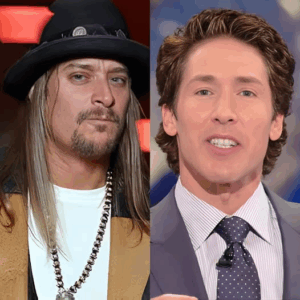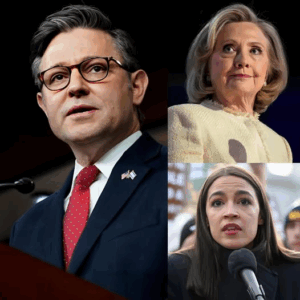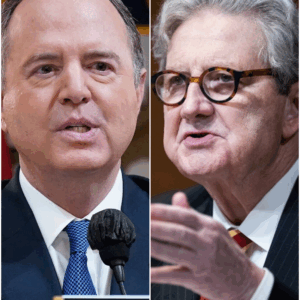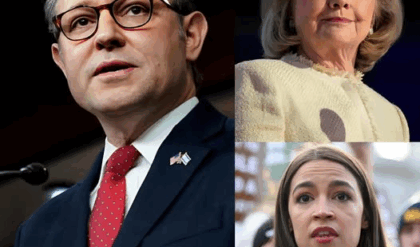FEDERAL EYES ON CALIFORNIA: Newsom’s Battle With the DOJ Over Election Monitors Ignites a New War Over Power and Trust
California’s governor, Gavin Newsom, is furious — and this time, his anger isn’t over policy but power. The U.S. Department of Justice, working with Assistant Attorney General Harmeet Dhillon, has announced plans to deploy federal election monitors across California polling sites for the upcoming November 4th elections.
The DOJ insists it’s a routine measure meant to safeguard voting rights and ensure that only U.S. citizens cast ballots. Newsom calls it a federal overreach — “an intimidation tactic dressed up as transparency.” The clash has set off a coast-to-coast firestorm over who controls elections in America: the states or Washington.
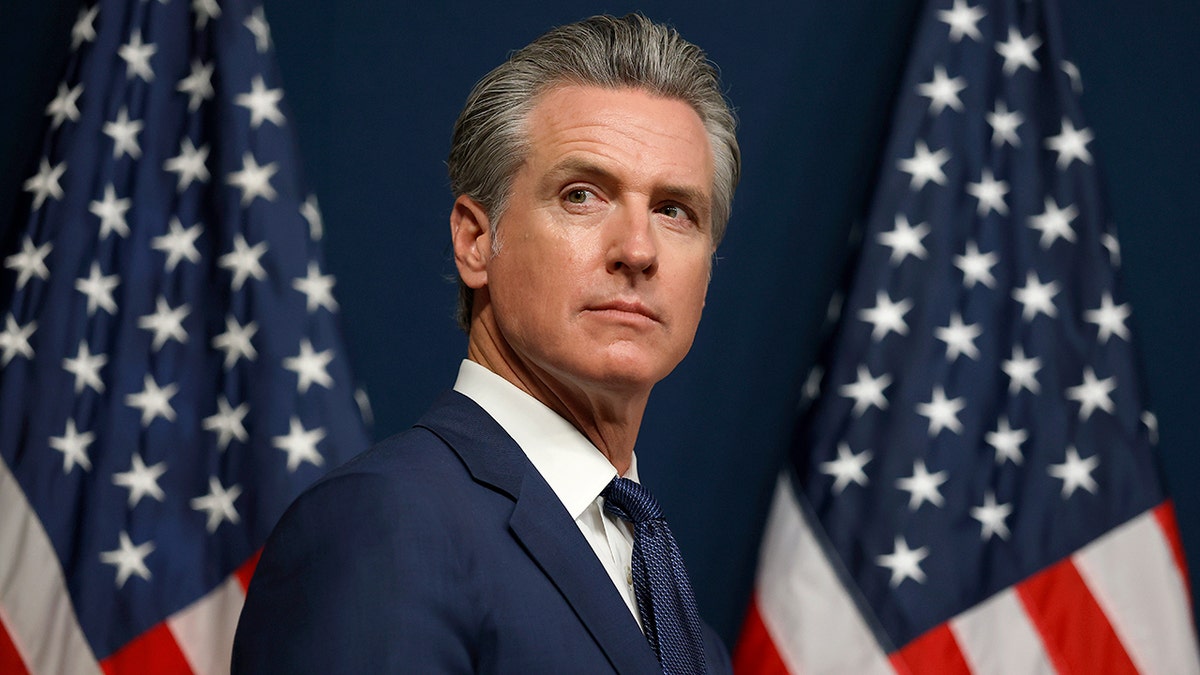
The Spark: Federal Monitors on California Soil
On Friday afternoon, the Justice Department confirmed that teams of federal election monitors would be dispatched to several counties across California and New Jersey — areas described as “high-interest jurisdictions” due to recent voting irregularities.
Within hours, Governor Newsom blasted the move on social media.
“Donald Trump’s puppet DOJ has no business screwing around with next month’s election,” he posted. “Sending feds into California polling places is a deliberate attempt to scare off voters and undermine a fair election. We will not back down. Californians decide our future — no one else.”
The post went viral, triggering both outrage and applause.
Harmeet Dhillon Fires Back
In an unusually blunt exchange for a DOJ official, Harmeet Dhillon, the high-profile attorney now serving as Assistant Attorney General for Civil Rights, hit back directly:
“Lol calm down bro,” she wrote on X (formerly Twitter). “The Justice Department under Democrat administrations has sent federal election observers for decades — including to California. Do you really want to go there? Isn’t transparency a good thing?”
Dhillon, a former Republican Party attorney and California native, made clear that the move was neither partisan nor unprecedented. Federal election monitors, she reminded critics, have been used since the 1960s to enforce the Voting Rights Act, particularly in regions with documented election complaints.
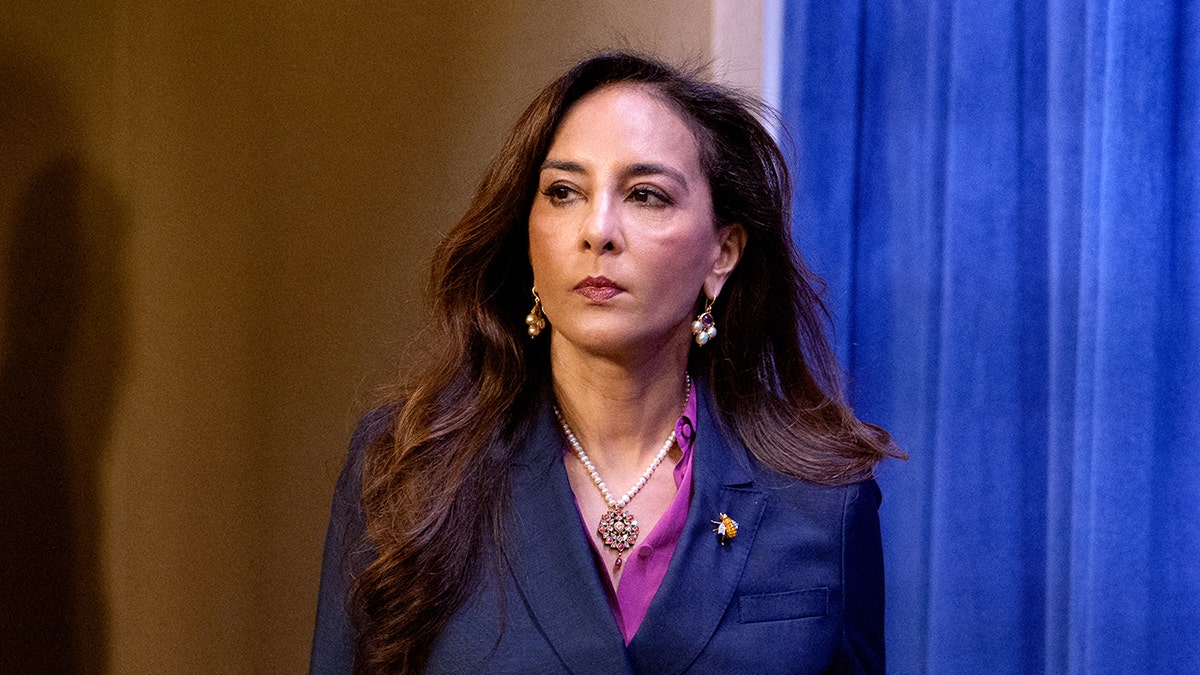
Why California?
California’s inclusion raised eyebrows. Unlike southern states historically monitored for voter suppression, California is often viewed as a model for accessible voting. Yet in recent years, the state’s elections have drawn scrutiny over mail-in ballot security and voter roll accuracy.
The state GOP formally requested the presence of federal monitors, citing “reports of irregularities” tied to a ballot measure that could redraw congressional maps in favor of Democrats — a move designed to offset Republican gains in states like Texas.
In a letter to Dhillon, California GOP Chairwoman Corrin Rankin wrote:
“In recent elections, we’ve received reports that undermine voter confidence. Federal monitors would reassure Californians that every legal vote counts — and only legal votes count.”
A similar request came from New Jersey’s Republican Party ahead of its hotly contested gubernatorial race.
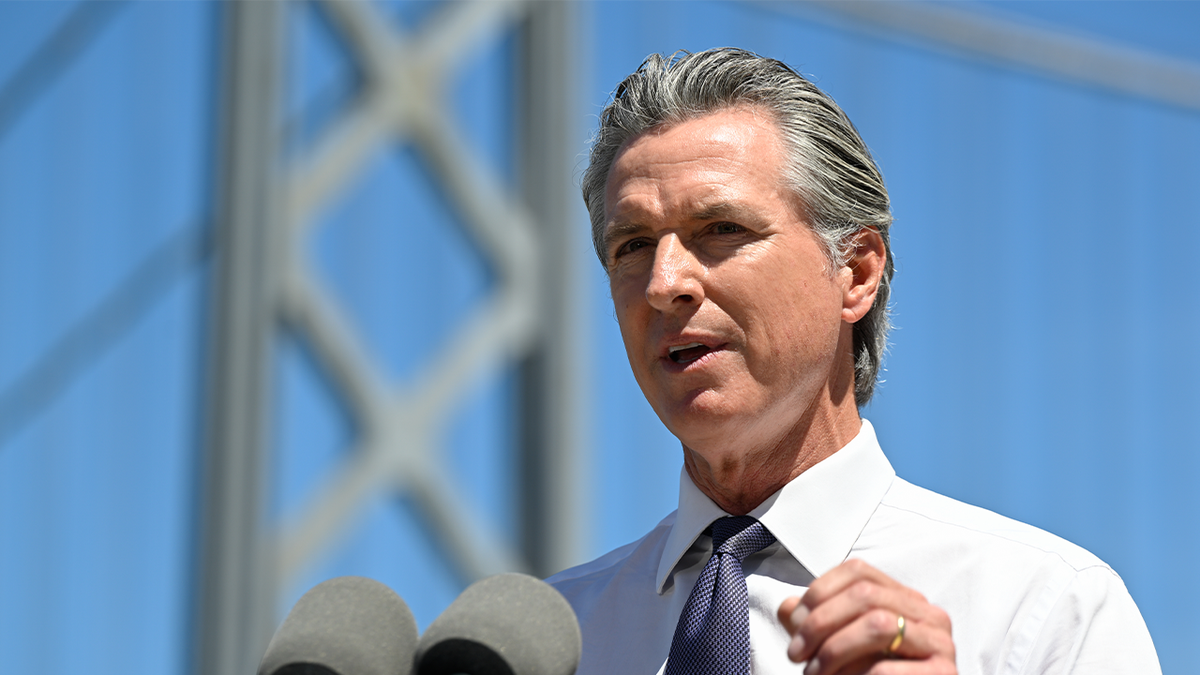
Newsom’s Fury and Political Gamble
Newsom’s reaction was immediate — and personal. His office released a second statement denouncing the Justice Department’s plan:
“This is not a federal election. The U.S. DOJ has no business or basis to interfere with this election. Deploying these federal forces appears to be an intimidation tactic meant for one thing: suppress the vote.”
Political analysts were quick to interpret his outrage as both principle and strategy.
“Newsom’s not just fighting the DOJ,” said political analyst Laura Delgado. “He’s signaling to progressives nationwide that he’s the defender of state sovereignty against a weaponized federal government. That plays well for a man still rumored to have 2028 ambitions.”
Conservatives Smell Blood
Republicans wasted no time capitalizing on the optics.
Riverside County Sheriff Chad Bianco, now running for governor as a Republican, quipped online:
“Gavin sure seems worried about people seeing how he’s handling elections.”
Meanwhile, conservative commentators accused Newsom of hypocrisy, pointing out that Democratic administrations had used the same election-monitoring tactics for years without objection.
“Newsom’s tantrum isn’t about federal interference — it’s about losing control of the narrative,” wrote columnist Ben Kessler. “When the monitors were sent under Biden, Democrats called it democracy. Now that they’re coming under Dhillon, it’s suddenly tyranny?”
The DOJ Stands Firm
Officials within the Justice Department dismissed accusations of political targeting. They emphasized that federal monitors are not law enforcement officers — they are civil rights attorneys tasked with ensuring compliance with federal voting laws, including the Voting Rights Act and the Americans with Disabilities Act.
A DOJ spokesperson noted that similar teams had been deployed under both Democratic and Republican presidents, including to California in 2022 and 2024.
“This is about ensuring access and confidence — not intimidation,” the statement read.
Still, the timing — less than a month before a pivotal ballot initiative — couldn’t have been more explosive.
The Battle Over Optics
For Newsom, this fight is as much about optics as oversight. In an era where election integrity has become a political fault line, any hint of outside scrutiny risks appearing as mistrust.
His supporters argue that inviting federal monitors into California is tantamount to conceding that the state can’t manage its own elections — a blow to the image of a state that prides itself on progressive leadership and technological prowess.
But to conservatives, Newsom’s resistance is telling.
“Why would any legitimate voter be scared of observers?” asked Dr. Houman Hemmati, a physician and commentator. “If everything’s above board, transparency should make people more confident — not less. So what exactly is Gavin afraid of?”
The Historical Precedent
Federal election monitors have long been part of America’s electoral landscape. The DOJ’s Civil Rights Division routinely sends observers to both federal and non-federal elections to ensure compliance with laws prohibiting intimidation or discrimination.
Past deployments include Mississippi, Alaska, and New Jersey, all under the Biden administration. The department has historically prioritized regions where complaints of misconduct, intimidation, or accessibility failures have been documented.
“California isn’t being singled out,” said one senior DOJ official. “It’s being included.”
What’s Really at Stake
Behind the noise lies a broader question: Who controls the mechanics of democracy — the states or the federal government?
Legal scholars note that while states administer elections, the federal government maintains authority to enforce constitutional voting rights protections. That delicate balance has been tested repeatedly — from the 1965 Voting Rights Act to modern disputes over mail-in ballots and voter ID laws.
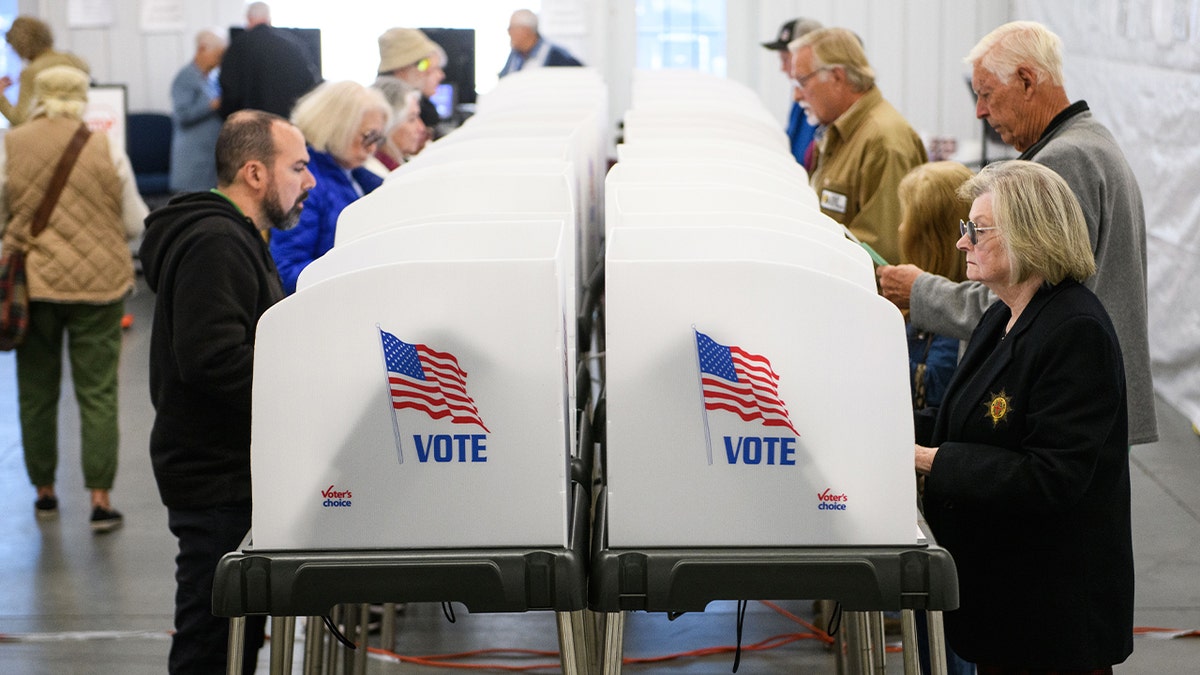
If Newsom moves to block the monitors — as his aides have hinted he might — the clash could escalate into a full-blown legal confrontation testing the limits of state sovereignty.
A Nation Watching
With just weeks until the vote, the California standoff has become a national Rorschach test. To some, it’s a principled stand against federal intrusion. To others, it’s political theater meant to deflect deeper questions about election transparency.
Either way, both sides are digging in — and the implications stretch far beyond November.
Because in the age of contested narratives and eroded trust, who watches the vote has become almost as divisive as who wins it.
And in this fight between Gavin Newsom and the DOJ, it’s not just ballots on the line — it’s the definition of trust in American democracy itself.
News
The auditorium glitched into silence the moment Joel Osteen leaned toward the mic and delivered a line no pastor is supposed to say in public. Even the stage lights seemed to hesitate as his voice echoed out: “God will NEVER forgive you.” People froze mid-applause. Kid Rock’s head snapped up. And in that weird, suspended moment, the crowd realized something had just detonated off-script.
The crowd expected an inspiring evening of testimony, music, and conversation. What they got instead was one of the most explosive on-stage confrontations ever witnessed inside a church auditorium. It happened fast—36 seconds, to be exact.But those 36 seconds would…
The room stalled mid-breath the moment Mike Johnson snapped open a black folder that wasn’t on any official docket. Cameras zoomed. Staffers froze. The label on the cover — CLINTON: THE SERVER SAGA — hit like a siren. Johnson leaned toward the mic, voice sharpened enough to scratch glass, and read a line that made every timeline jolt: “Her email is criminal.”
Here’s the thing about made-for-TV government: it knows exactly when to hold a beat. Tuesday’s oversight hearing had the rhythm down cold—routine questioning, polite skirmishes, staffers passing notes like we’re all pretending this is not a stage. And then Mike…
🔥 “THE FLOOR SHOOK BEFORE ANYONE COULD SPEAK.” — Investigator Dane Bonaro didn’t walk into the chamber — he tore through it, slamming a blood-red binder onto the desk with a force that made the microphones hiss. The label on the cover froze the room mid-breath: “1.4 MILLION SHADOW BALLOTS.” He locked eyes with the council and snarled, “You want the truth? Start with this.” For one suspended second, every camera operator lifted their lens like they’d just smelled a political explosion.
Here’s a scene you’ve watched a hundred times if you’ve spent enough hours in hearing rooms and greenrooms: a witness with a flair for performance, a committee hungry for a moment, and a gallery of reporters quietly betting which line…
🔥 “THE SMILE FLICKERED—AND THE ENTIRE STUDIO FELT IT.” — Laura Jarrett walked onto the Saturday TODAY set with the kind of calm, polished glow producers dream of. Cameras glided, lights warmed, and the energy felt like a coronation. But right as she settled between Peter Alexander and Joe Fryer, something shifted — a tiny hesitation in her smile, the kind that makes everyone watching sit up a little straighter. And then it came: a voice from outside the studio, sharp enough to snap the broadcast in half. For a full second, no one moved.
Here’s the thing about TV milestones: they’re designed for easy applause. A new co-anchor takes the desk, the chyron beams, the studio lights do their soft-shoe, and everyone is on their best behavior. It’s a ritual as old as morning-show…
🔥 “THE ROOM STOPPED LIKE SOMEONE CUT THE OXYGEN.” — What’s racing across timelines right now isn’t framed as a speech, or an interview, or even a moment. It’s being told like a rupture — the instant Erika Kirk, normally armored in composure, let a single tear fall while standing beside Elon Musk. Witnesses in these viral retellings swear the tear didn’t look emotional… it looked inevitable, like something finally broke through her defenses. And when Musk turned toward her, the entire audience leaned in as if they already knew the world was about to shift.
It was billed as a calm forum on human rights—an hour for big ideas like freedom, transparency, and the obligations that come with having a public voice. The stage was washed in soft gold, the kind of lighting that flatters…
🔥 “THE ROOM WENT DEAD IN UNDER A SECOND.” — What unfolded inside the Senate chamber didn’t look like a hearing anymore — it looked like a trap snapping shut. Adam Schiff sat back with that confident half-smile, clutching a 2021 DOJ memo like it was the final move in a game he thought he’d already won. Staffers say he timed his line perfectly — “Your rhetoric ignores the facts, Senator. Time to face reality.” But instead of rattling Kennedy, something in the senator’s expression made even reporters lean forward, sensing the shift before anyone spoke again.
It didn’t look like much at first—another oversight hearing, another afternoon in a Senate chamber where the oxygen gets thinned out by procedure. Then Adam Schiff leaned into a microphone with a lawyer’s confidence, and John Neely Kennedy pulled out…
End of content
No more pages to load
